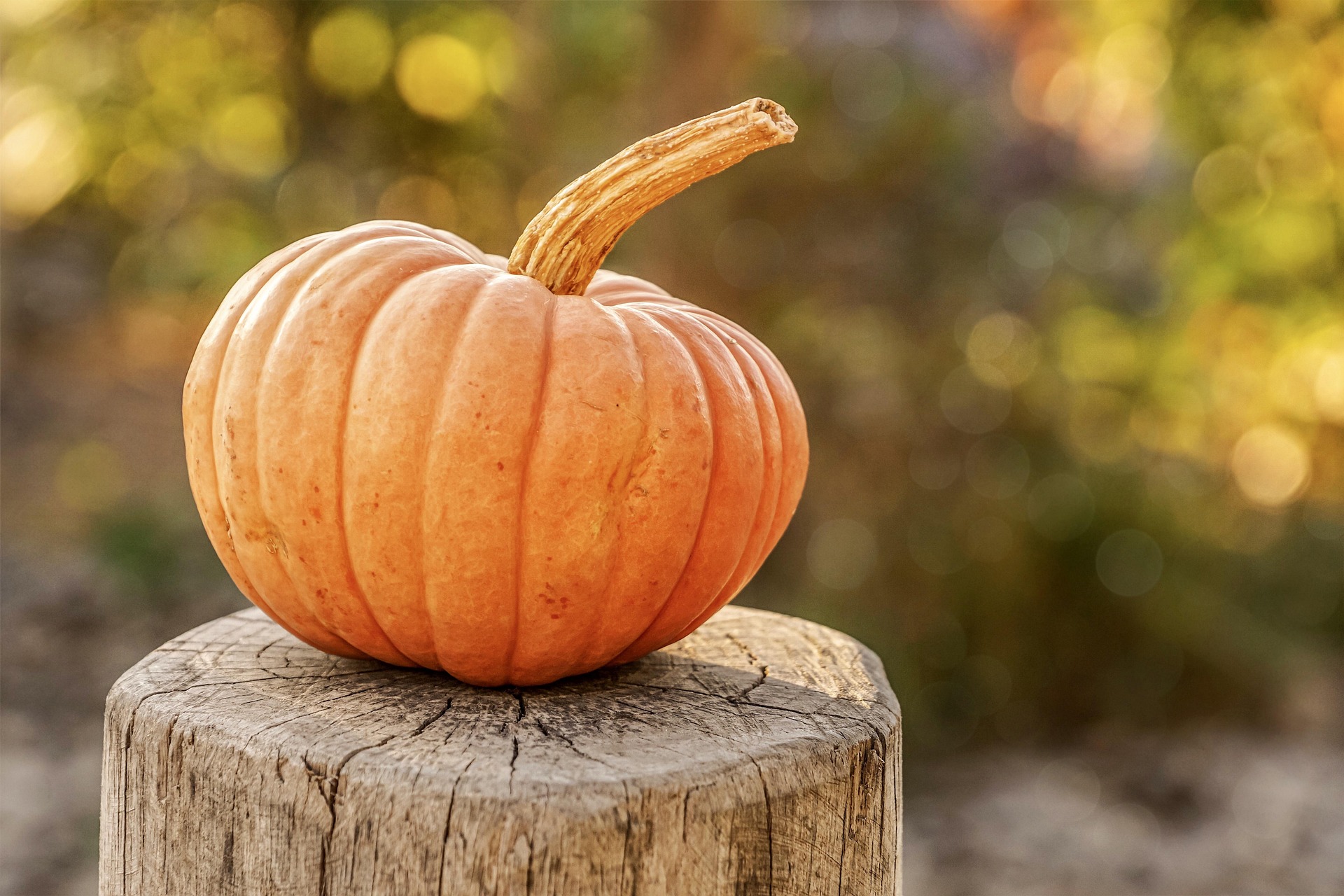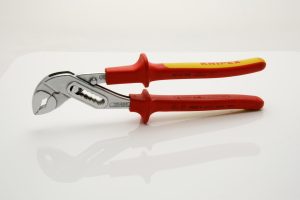It’s the season for pumpkins and all of their orange cousins (squash, sweet potatoes, yams, etc.) This means pumpkin spice lattes, pumpkin picking, pumpkin carving, pumpkin soup, and, of course, pumpkin pie! Whether it’s Halloween, Thanksgiving, or the end-of-year holidays, pumpkins are front and center of all the holiday fun in store over the next few months.
This brings up the very important dilemma: Regardless of how much you love pumpkins and are used to eating them constantly every fall and winter, you probably could use a little pumpkin education on how to pick them, how to store them, and how to make the best use of their all-purpose awesomeness.

1. HOW LONG DO PUMPKINS LAST?
Intact pumpkins (that is, not carved or diced) are typically good for eight to ten weeks after they have been picked from the field. Carved pumpkins (think: jack-o-lanterns) last considerably less: they usually start to rot in about ten days.
2. HOW DO YOU SELECT PUMPKINS?
The first way you can extend your pumpkin’s life is by buying from a reputable source or farmer. A pumpkin’s shelf life depends greatly on the conditions of the field where it is harvested, and how healthy the pumpkin is at harvest time. Generally, fields that do a good job of controlling disease and pests will produce healthier pumpkins, meaning they have a longer shelf life post-harvest.
That said, it may be difficult for you to know exactly what the conditions were in the field. One way to raise your odds of picking a healthy pumpkin is to select one with the stem or handle, still fully attached. You should also make sure the pumpkin looks plump and is a fairly uniform orange color. Any bruising or too much discoloration indicates that the pumpkin may have been infected with a pest and is likely to rot faster once harvested.
3. HOW DO YOU EXTEND YOUR PUMPKIN’S SHELF LIFE?
The first thing you should do is make sure you don’t remove the stem. The stem is a source of nutrients to the pumpkin and can continue nourishing it for some time post-harvest. Also, make sure you handle the pumpkin gently, minimizing any post-harvest bruising or softening of the outer layer. This will ensure that the pumpkin remains intact, sealed off from environmental aggressors and less vulnerable to pests. You should also make sure that you store the pumpkin at the right temperature. The ideal storage temperature is 50 to 55 degrees Fahrenheit. The warmer the temperature, the faster the pumpkin will ripen and rot.
Finally, you should take care not to allow the pumpkin to get too cold or accidentally freeze. While freezing will temporarily halt the ripening process, once the pumpkin is defrosted, its skin may start growing soft, which will then hasten the rotting process.
4. HOW DO YOU MAKE A CARVED PUMPKIN LAST LONGER?
Making a jack-o-lantern is a lot of fun and also a significant investment of time, so it’s often a letdown to realize that it significantly cuts your pumpkin’s shelf life down to a little over a week. The ways you can maximize longevity for a carved pumpkin are similar to the measures you can take for intact pumpkins. First, make sure you harvest a healthy pumpkin and take care not to damage it prior to carving. That means taking advantage of all the life-extending methods described above. Second, make sure you leave the stem on after you carve the pumpkin — it will continue providing nutrients, helping to preserve the pumpkin’s bright orange hue (who wants a brown jack-o-lantern?). Third, make sure you store the pumpkin at the right temperature and prevent any accidental freezing.
5. WHEN IS FREEZING A PUMPKIN A GOOD IDEA?
If you want to preserve your pumpkin for longer than a few months, then you should freeze it. The best way to do this is to dice up the pumpkin into two- or three-centimeter square chunks. Place the chunks in Ziploc freezer bags, and then freeze. Make sure not to pack the chunks too tightly, or they’ll start sticking together, forcing you to unfreeze the entire bag in order to use any of the pumpkin pieces. Once defrosted, you need to use up all the pumpkin within a couple of days before it starts rotting.
Hopefully, this article gave you some good tips on how to use the season’s favorite harvest!





